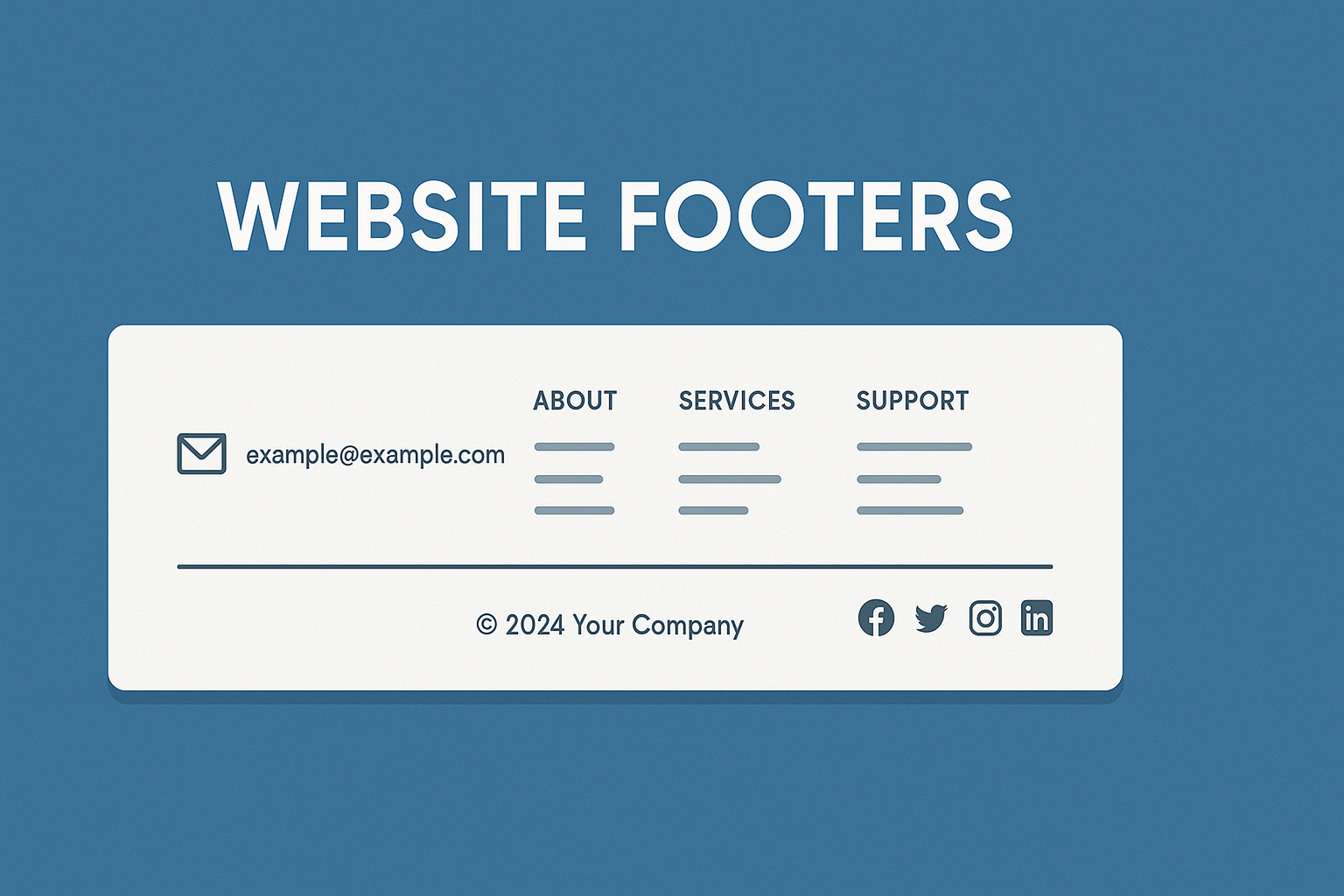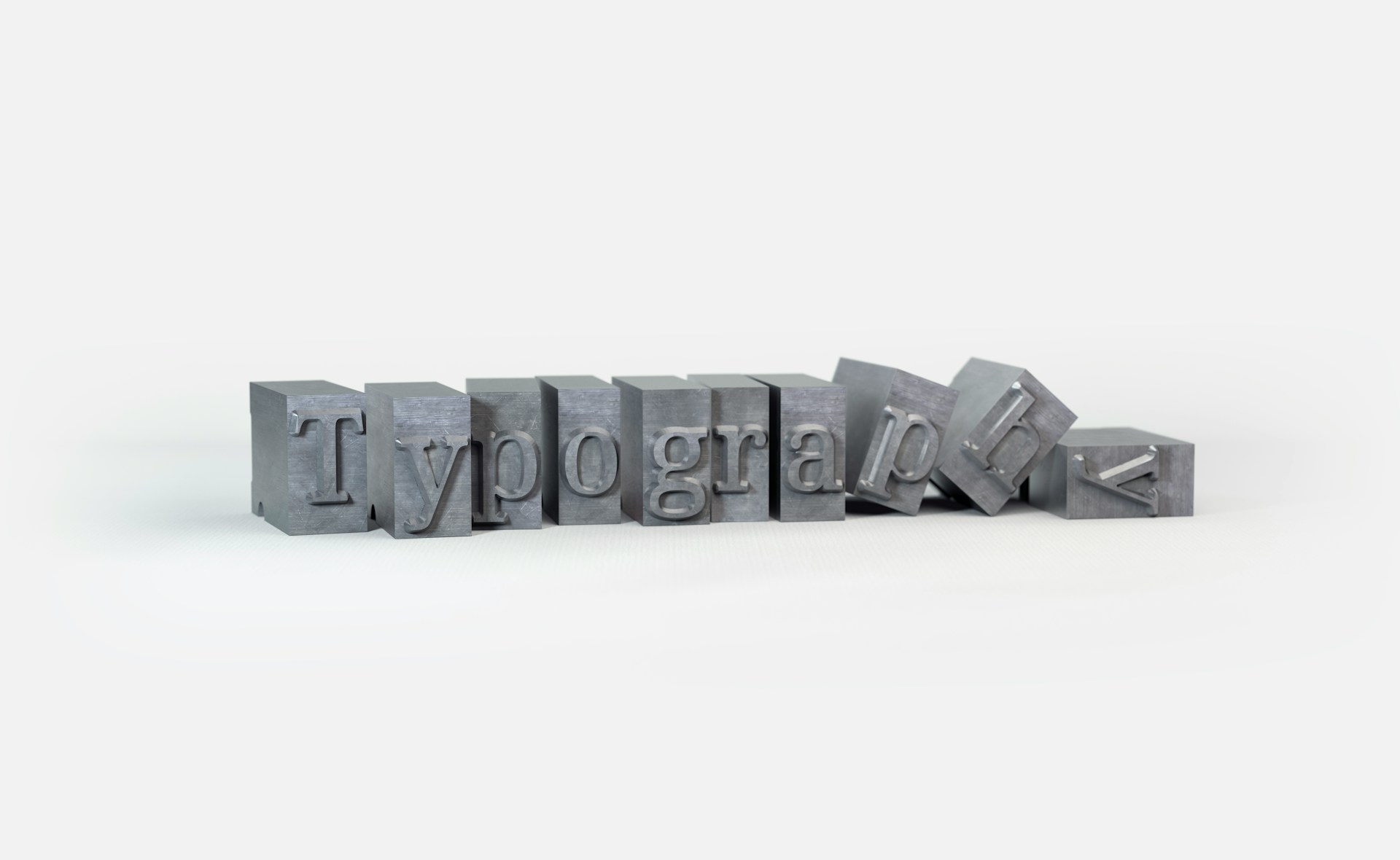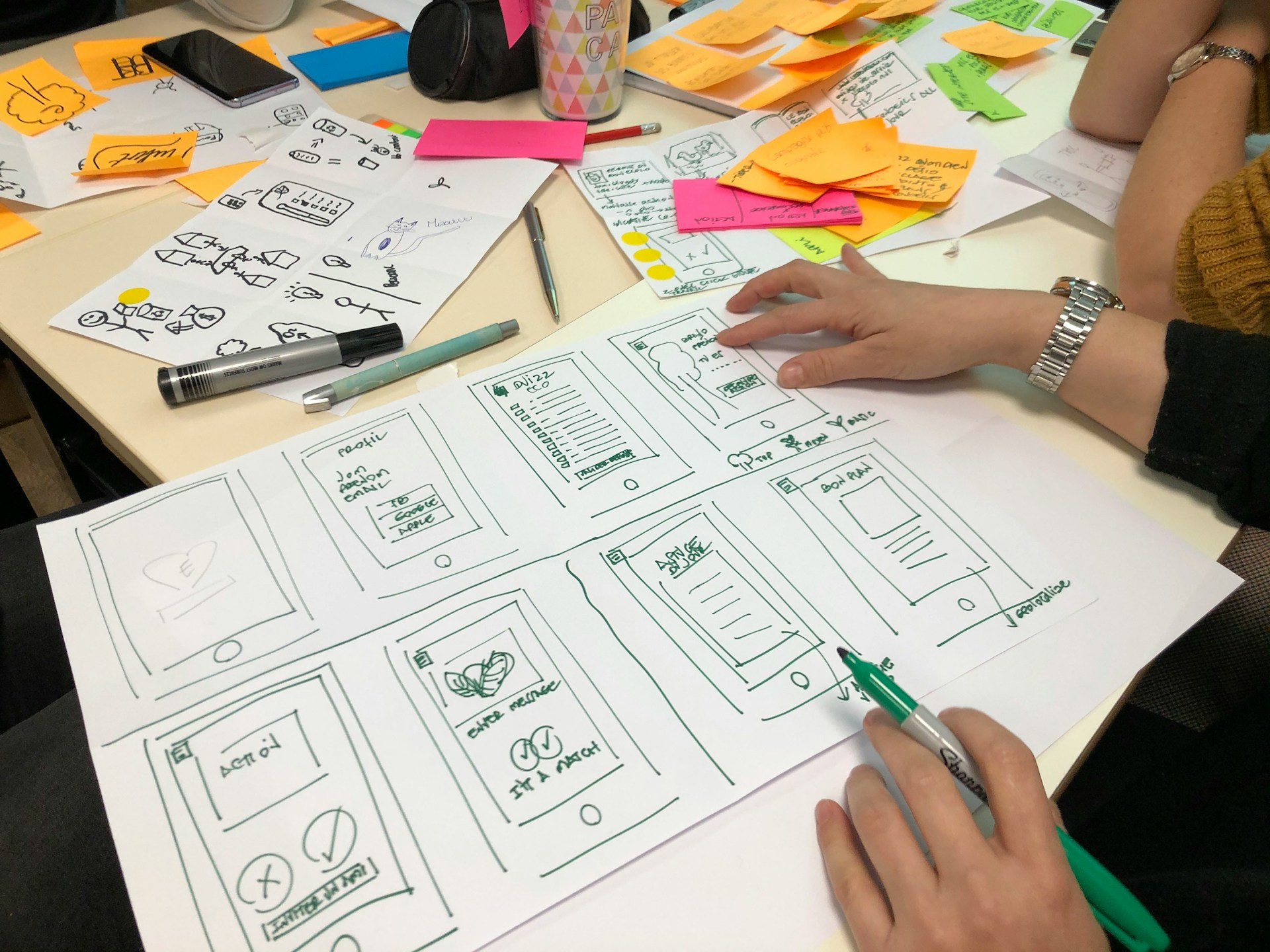Scroll through any collection of small business websites and you’ll spot them instantly: the same smiling office workers, the identical laptop-on-desk shots, the generic handshake photos. Free stock images are everywhere, and they’re making websites blend into an forgettable sea of sameness.
Every website looks professional, but none of them look like mine.
Here’s the uncomfortable truth: those free stock photos are costing you more than you think.
Using generic stock photography might seem like a budget-friendly shortcut, but it’s actively undermining your brand credibility, damaging user trust, and making your business indistinguishable from competitors. The real price isn’t measured in pounds—it’s measured in lost conversions, diminished authority, and missed opportunities to connect with your audience.
👥 1. THE TRUST PROBLEM NOBODY TALKS ABOUT
Your visitors aren’t stupid. They’ve seen that same stock photo of the diverse team laughing at a tablet on dozens of other websites. The moment they recognise it, something shifts in their perception of your business.
Research from Nielsen Norman Group shows that users pay close attention to photos and other images that contain relevant information but ignore fluffy pictures used to “fill space.” Generic stock photos fall squarely into that second category.
What happens in their subconscious:
- “If they couldn’t be bothered to take real photos, what else are they cutting corners on?”
- “Is this even a real business or just another template site?”
- “Do they actually have an office, or is this all fake?”
The authenticity gap between your actual business and your website imagery creates cognitive dissonance. And cognitive dissonance doesn’t convert.
🎭 2. YOU’RE ACCIDENTALLY LYING TO YOUR CUSTOMERS
Let’s call it what it is: using stock photos of people who don’t work for you, offices you don’t occupy, and products you don’t actually use is misrepresentation by imagery.
When a customer books a consultation expecting to meet the friendly team from your About page, and instead finds completely different people, you’ve started the relationship with disappointment. That’s not a small thing.
The manufacturing sector learned this lesson decades ago with “glamour shots” of factories that didn’t match reality. The digital world is just catching up. Customers in 2025 are savvier and more skeptical than ever. They’re reverse image searching. They’re checking if your “team” appears on other company websites. They’re noticing inconsistencies.
Your imagery should be a promise you can keep, not a fantasy you’re selling.
💰 3. THE ACTUAL FINANCIAL IMPACT
Let’s talk numbers. Here’s how generic stock photography directly affects your bottom line:
- Conversion Rate Depression – Studies show authentic images can improve conversion rates by 35% compared to generic stock photos. On a site generating £50,000 annually, that’s £17,500 left on the table.
- Increased Bounce Rates – Generic imagery contributes to visitors leaving 40% faster because nothing signals “this is specifically for you.” Higher bounce rates also damage your SEO performance.
- Lower Perceived Value – Websites with stock photos are perceived as 24% less trustworthy in pricing scenarios. Translation: people won’t pay premium prices to businesses that look cheap.
- Reduced Social Sharing – Nobody shares generic content. Authentic, unique imagery gets 94% more views than stock alternatives, meaning you’re losing free marketing reach.
- Wasted Ad Spend – If you’re driving paid traffic to a site with generic imagery, you’re burning money on clicks that could convert better with authentic visuals.
The cost of a professional photo shoot—typically £500-£2,000—suddenly looks like a bargain when you’re hemorrhaging thousands in lost revenue.
🔍 4. GOOGLE KNOWS, AND IT MATTERS
Here’s something most businesses don’t realise: search engines can identify stock photos. Google’s algorithm updates increasingly prioritise original content—and that includes imagery.
The E-E-A-T principles (Experience, Expertise, Authoritativeness, Trustworthiness) that Google uses to evaluate content quality now extend to visual elements. Websites demonstrating real experience through authentic imagery have an edge.
How this affects your rankings:
- Original images contribute to content uniqueness signals
- Image metadata and context help establish topical authority
- User engagement metrics improve with authentic visuals
- Your image search presence becomes actually useful instead of generic noise
Meanwhile, websites packed with recognisable stock photos look like content farms—exactly what Google’s algorithm is designed to demote.
✅ 5. WHAT TO DO INSTEAD
You don’t need a Hollywood production budget. You need authenticity and strategy.
Immediate Solutions:
- Hire a local photographer for a half-day shoot focusing on your actual team, workspace, and processes. One session can generate hundreds of usable images.
- Use smartphone photography strategically – Modern phones take incredible photos. Document real work moments, behind-the-scenes processes, actual client interactions (with permission).
- Commission custom illustrations or graphics – If you can’t photograph your service (it’s digital, conceptual, or confidential), invest in unique visual assets that reflect your brand.
- User-generated content – Real customer photos (with permission) are gold. They’re authentic, relatable, and provide social proof simultaneously.
If you absolutely must use stock photography:
- Invest in paid stock libraries where images are less saturated across the web
- Customise them significantly—crop creatively, apply brand-specific filters, combine with graphics
- Never use them for key trust areas like About pages, team sections, or hero images
- Mix them with authentic content so your site isn’t 100% generic
The goal isn’t perfection. It’s authenticity that builds connection.
Conclusion – Final Thoughts
Free stock photos seem like a harmless budget decision, but they’re actively working against your business goals. They erode trust, damage credibility, hurt your SEO, and make you invisible in a crowded market. In 2025, when AI-generated content is flooding the web, genuine human authenticity is becoming your most valuable differentiator.
Your business is unique. Your website imagery should prove it, not contradict it.



